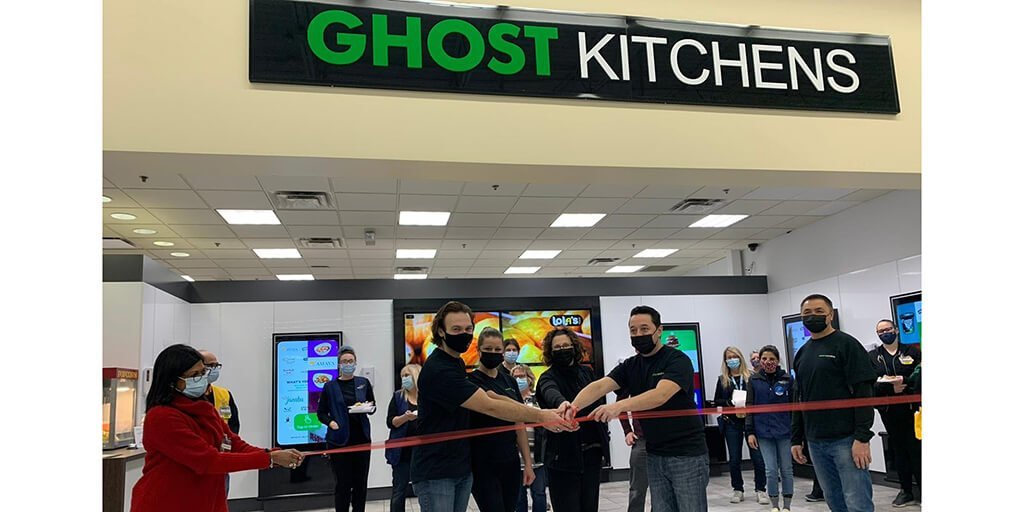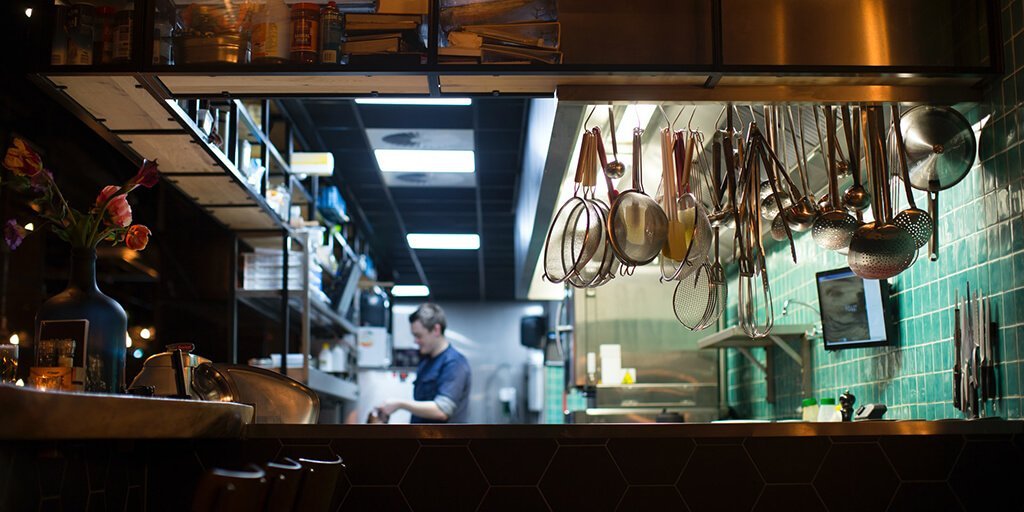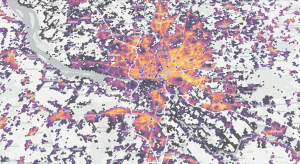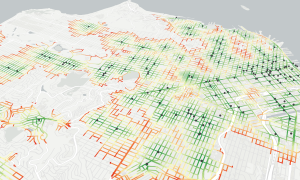

SERIES: RETAIL TRENDS THAT ACCELERATED DURING THE PANDEMIC
#2 — Ghost Kitchens
The pandemic has forced restaurants and bars in Europe to close their doors for months on end. Only recently have they been allowed to serve customers again. The only way to keep cooking and serving during the lockdown was to deliver meals to people’s home. And this has indeed happened exponentially, driving the sales of Just Eat Takeaway.com, Delivery Hero, Grubhub and similar order and delivery services across the globe.
In this second article of our retail series we’ll have look at the meal delivery industry, which has propelled the existence of so-called ghost kitchens, or dark restaurants. These cater to people ordering online, have no seats, and often combine different types of cuisine under one roof.
Convenience of home delivery
In the first article we’ve discussed how convenience has become front and center for many consumers. This was already a big trend before the pandemic, but the coronavirus outbreak has accelerated it. People not only want to buy books and electronic goods online and have them delivered, but also food. For many during the pandemic, the only way to get to get a meal without cooking it yourself was to have it delivered. And they did in droves.
Figures from the big players proof the point: DeliveryHero, which operates in 50 countries around the globe, saw the number of orders jump by 96% to 1.3 billion orders in 2020 (this figure also includes orders for grocery and non-food items). The orders were worth €12.4 billion ($15 billion). Other delivery companies, such as Glovo, DoorDash and Uber Eats, have reported similar double-digit growth figures.
Exact figures about the global industry vary widely, but according to a study by Research and Markets worldwide sales are expected to reach $127 billion this year, up 10% from 2020, and grow further to $192 billion in 2025. Interestingly, the study says that “cost of supply chain and logistics will be the key restraint for the online food delivery services market.” Businesses could even “lose up to 26% of their profit if they fail to upgrade their logistics system to ensure on-time delivery”.
Enter ghost kitchens
The boom of this meal delivery industry has created a new type of restaurant, so-called ghost kitchens. They’re also known as dark, cloud, or digital-only restaurants. These establishments usually only cook to deliver. They typically have no seats and no waiters. They take orders online (some perhaps also by phone). They may also combine different types of cuisine under one roof, for instance pizza and pasta in one part of the kitchen, and burgers in another part.
You usually can’t find ghost restaurants in shopping malls or Class A locations, and may not even recognize them from the outside. Instead, they are located in residential neighborhoods or on parking lots close to their customers. The proximity to customers is crucial: This helps the kitchens quickly bring the meals to the home or office from where the orders are placed.
Delivery firms operating ghost kitchens
Virtual restaurants typically only exist in the apps of meal delivery companies, such as FoodPanda, Deliveroo or Wolt. Some are owned and operated by real restaurants, while others are set up by delivery companies themselves. For example, Deliveroo operates three dozen sites, which house 220 ghost kitchens on four continents. Some of them are housed in shipping containers on parking lots, or in warehouses. Delivery Hero’s brand FoodPanda operates its own ghost kitchens in Asia and also plans to open them in Germany.
Some of these delivery companies rent out kitchen space to existing restaurants, which can then expand their reach into new neighborhoods. The establishments benefit from new orders, which their physical locations could not fulfill. There are also companies specialized in setting up these ghost kitchen sites and renting them out, such as Reef and Cloud Kitchen in the US.

Ghost kitchen benefits: Lower costs, new customers
There are three clear advantages in operating ghost kitchens, says Thomas Primus, CEO and Co-Founder of FoodNotify, which helps restaurants digitize operations, such as real-time supply management and digital recipe management.
“In many cases, there are additional cost savings to be had by sharing space and locations. Additionally, ghost kitchens don’t need to spend money on the interior, such as tables and seats, staff waiters and printed menus. Secondly, there are many kitchens whose utilization can be increased by serving customers online, for instance by offering lunches, or a completely new line of products, for example, wraps and burritos in addition to pizzas. Thirdly, ghost kitchens offer a low-cost option to expand into new neighborhoods or cities, and reach new customers,” explains Thomas.
He thinks that especially smaller restaurant owner could benefit from the concept, because they don’t have to invest heavily into a new, full-fledged establishment if they want to expand. They can simply set up a kitchen, or rent space in a ghost outlet to reach new customers. People seeking to launch a new restaurant could also benefit, because they can first test their idea as a virtual kitchen and see what runs well or what does not.
Ghost kitchens, real growth
Thomas finds it difficult to give predictions for the ghost kitchen market, but he does believe it will continue to grow. In Europe, the market is still relatively small and considered a niche market, but in the US and China it is already reaching size: More than 1,500 ghost restaurants exist in the United States, and more than 7,500 in China. In her Food Report 2021, the Austrian food scientist and expert Hanni Rützler expects the trend of ghost kitchens to gather pace, even when the pandemic has been overcome.
The fact that the delivery companies themselves continue to set up new ghost kitchens underlines the market’s potential. Deliveroo itself plans to double the number of ghost kitchen sites to 64 this year, from which hundreds of different cuisines will operate. Supermarket chain Walmart has teamed up with the company Ghost Kitchen Brands to set up dozens of dark kitchens in Walmart’s stores in the US and Canada. Kroger, the biggest US grocery chain, is also expanding its ghost kitchen operations.
Phantom-like as they may sound, ghost restaurants will likely be as normal as buying cars or fashion online.
* * *
Location intelligence enables food entrepreneurs
to identify the best locations for ghost kitchens.
Contact us to learn more








